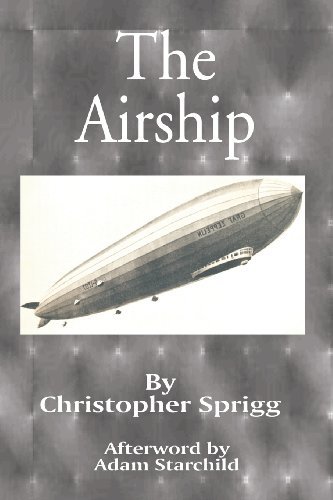
Tell your friends about this item:
The Airship: Its Design, History, Operation and Future
Christopher Sprigg
The Airship: Its Design, History, Operation and Future
Christopher Sprigg
Since the early days of practical aviation, the rival claims of heavier-than-air and lighter-than-air craft have been a subject more of controversy than constructive comment. Indeed, those who have studied the history of aeronautics will be aware that man's desire for the conquest of the air has run in two channels. For one the goal is a real air "ship", the "clipper of the clouds" that Jules Verne so admirably anticipated - for the other it is a pair of wings, for which men will "call as familiarly as for their boots" - a kind of aerial motor car. The lighter-than-air craft and the heavier-than-air craft translate these two desires into practical terms.
In England, for instance, the first rigid was constructed in 1910 to a specification which involved the fulfillment of various novel clauses. It broke while being handled on the water, and rigid airship construction ceased entirely in Britain until immediately before World War I.
Germany, pioneer of the airship, has also suffered, though from different causes. Before World War I, German Zeppelins on short pleasure cruises had covered a distance of 100,000 miles without injury to passengers.
It is impossible to appreciate, first the possibilities and next the problems of the airship, without a knowledge of the factors influencing airship design and operation, and of the work which was done up to 1931.
316 pages, Illustrations
| Media | Books Paperback Book (Book with soft cover and glued back) |
| Released | July 1, 2001 |
| ISBN13 | 9780898753653 |
| Publishers | University Press of the Pacific |
| Pages | 316 |
| Dimensions | 154 × 230 × 21 mm · 498 g |
| Language | English |
| Contributor | Adam Starchild |
See all of Christopher Sprigg ( e.g. Paperback Book )

 Christmas presents can be returned until 31 January
Christmas presents can be returned until 31 January

